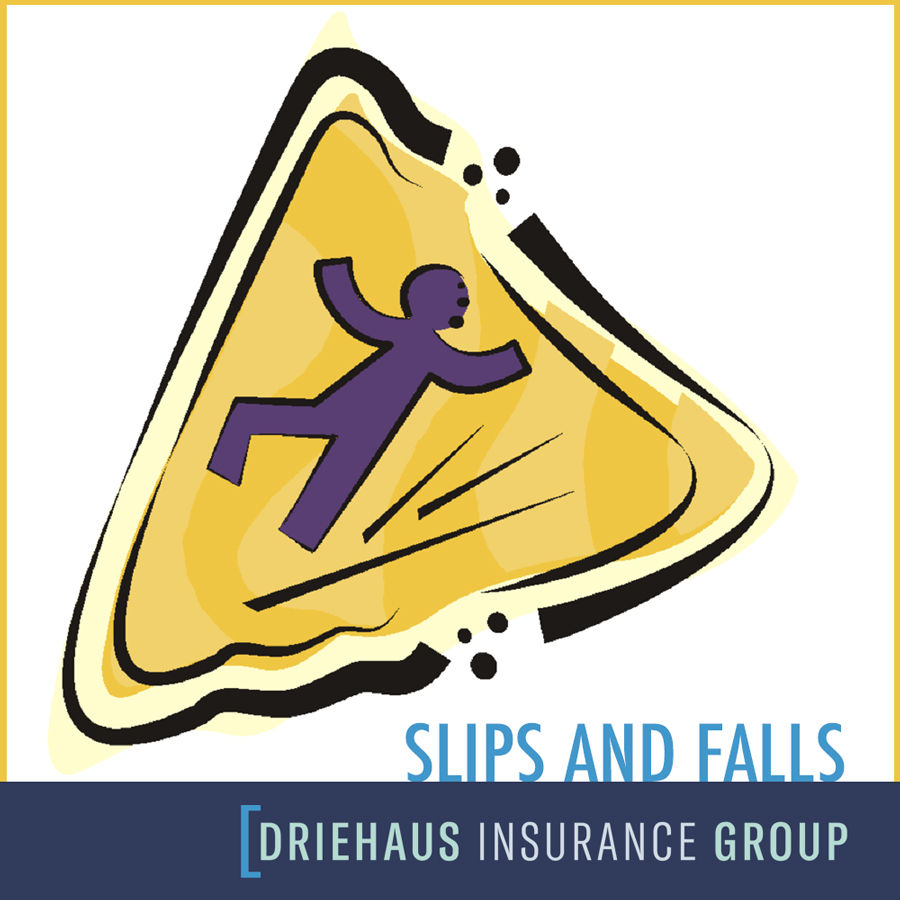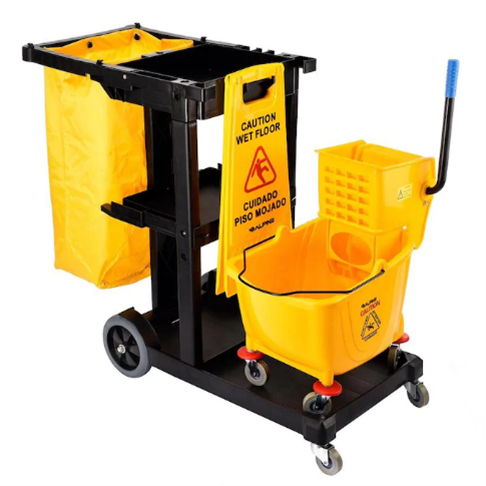Slip and Falls - Manage the risk
- cbeckman98
- Jun 1, 2021
- 4 min read

A leading cause of injury and insurance claims are slips trips and falls. Almost everyone has experienced a fall and most of the time the outcome is embarrassment, not injury. However, there are the events that can cause significant injury that give rise to insurance claims for the injuries.
Many slip and fall events can be covered using the Medical Payments coverage in your general liability insurance coverage. Med Pay is a coverage that allows payment to someone who has suffered an injury on your property without regard to liability. It is a “good neighbor” coverage that is intended to reduce litigation and related expenses. Your individual policy will have a specific limit of insurance for this coverage.
The health insurance world often makes use of med pay when there is a slip and fall related injury claim. The health insurer will inquire if the location of the fall was not owned by the claimant and if so, who was the property owner. A subrogation claim is then presented to the property owner to recover the medical expenses.
If a claim is presented that exceeds the medical payments limit, a liability claim must be pursued. This means the claimant must show that your property was somehow responsible for their slip and fall and that the conditions were negligent. Slip and fall claims can generate litigation that requires defense and investigation.
Slip and Fall Exposure Management
You cannot prevent every slip and fall event. You can manage the environment in which they may occur to limit your liability. This starts with understanding the basis of the exposure and what controls should be present.
Changes in elevations
What may seem to be a minor change in elevation along an otherwise level surface can cause a slip and fall. How significant of a change in elevation is an issue? Within the building codes, Life Safety Code, ADA accessibility standards the ½” change in elevation is determined to be the action point when the change in elevation should be addressed. Most property owners do not consider this small dimension when evaluating their walking surfaces. Changes in flooring materials can create this change if proper transitions are not used.
Stairs
Stairs are a common location for falls. A well-designed stair should have the following:
Handrails on both sides of the steps – 30-34 inches above the stairs. The handrails begin before the first descent step and extend to the landing
Handrails have an approximate round cross sections and are 1 ½” to 2” in diameter and are securely attached to the wall.
Stairs treads should be 10 to 11 inches deep with a distinctive front edge
Stair risers should be 7” to 7 ¼” maximum – no variation in riser height greater than 3/8th of an inch
Adequate illumination – not less than 1 foot-candle – with 9 foot-candles being preferred.
Sidewalks
Sidewalks are generally the responsibility of the property owner to maintain. This question of requirements to shovel snow should be referred to your local attorney as each jurisdiction can have different requirements. The same rule on changes in elevation should be applied to sidewalks. Any change in elevation greater than ½” should be repaired.
Parking Areas
Parking areas have their own set of slip and fall hazards. Oil and other fluid spills that are in the pedestrian walkways should be cleaned. Wheel stops should be a contrasting color to make them stand out from the pavement. White is not a good color as it can be confused with lines marking spaces or lanes. Speed bumps should be a contrasting color to highlight their presence. Parking areas may have distracted pedestrians who are looking for their vehicle, the exit or watching traffic versus where they walk. Internal parking areas should have adequate illumination.
Risk Control
Defending a slip and fall claim means that the owner of the property should be able to demonstrate that they have routinely inspected the property for hazards, corrected any hazards identified and have done so in a timely fashion. The best defense is documented inspections and repair logs. The frequency of the inspections should in in relation to the number of users of the property. For a private business a semi-annual survey may be acceptable. For a venue with public use, the frequency should be increased. The type of surfaces, construction and materials will also influence your inspection needs.
Spill Response

Spill control and clean up in public spaces is another control element. For public environments, a “sweep log” is a great risk management tool. This documents how often you “sweep” the public areas for hazards.
The second part of this process is having a good spill response plan. Having the clean up tools, equipment, and warning signs immediately available will allow you to manage the inevitable spill event.
The Driehaus Difference
We can help you develop the inspection programs and help you get started in managing this loss exposure. We can consult with you on policy terms and conditions that affect this issue. Having a properly fitted insurance program will protect your interests. Call us at 513-977-6860 or reach out to us on the internet at www.driehausins.com




Comments